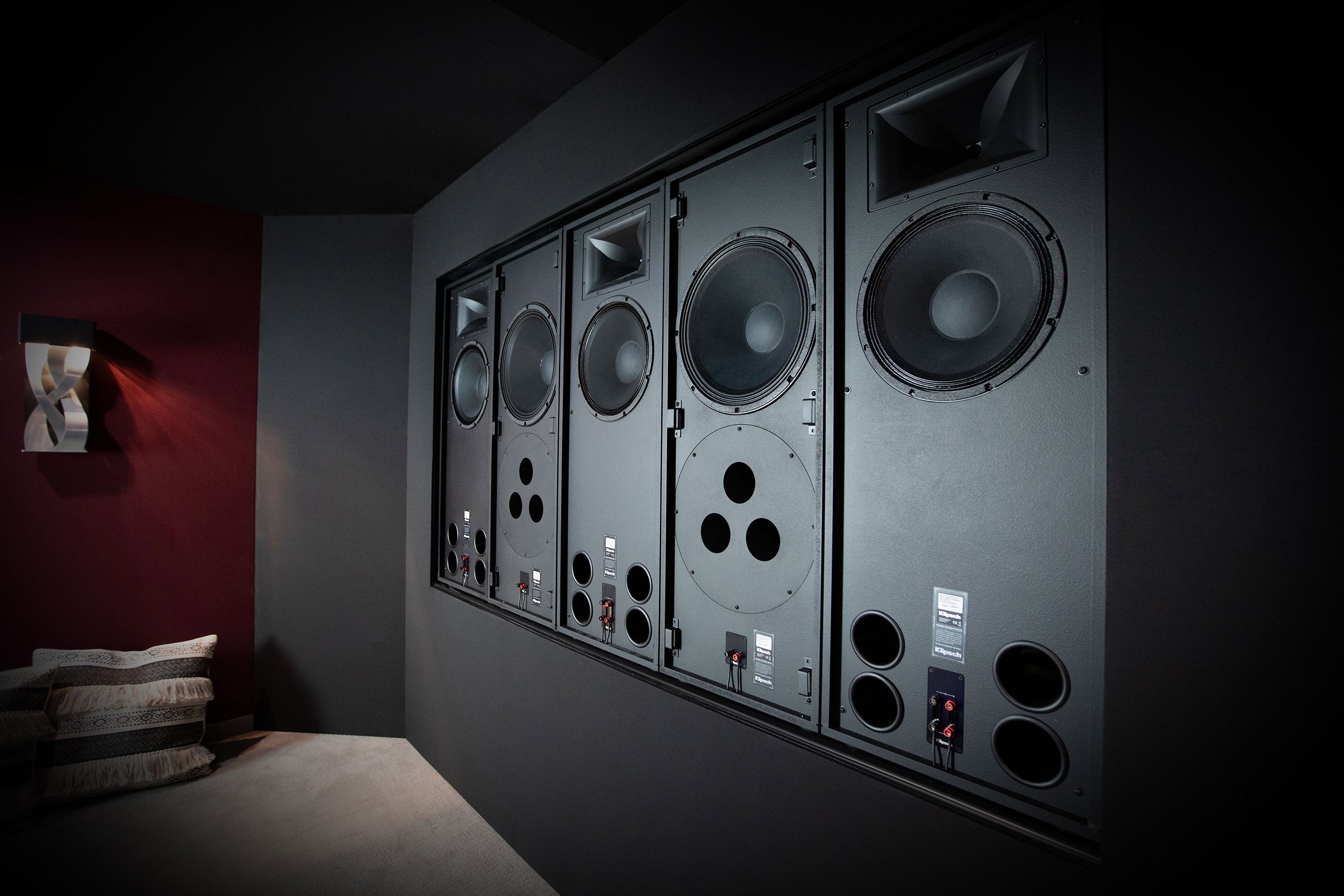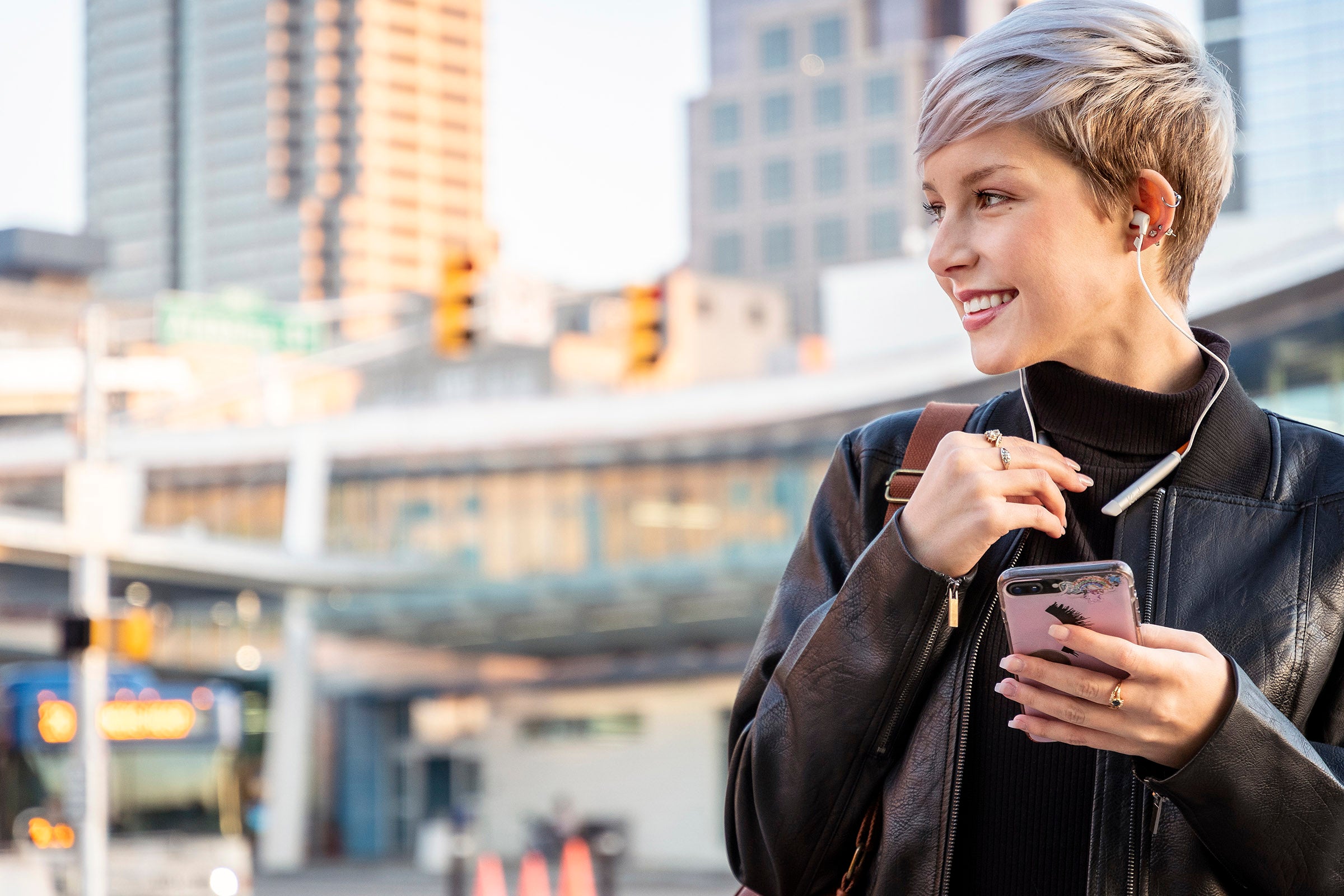TRUTH TALK: WE TAKE BLUETOOTH WIRELESS TECHNOLOGY FOR GRANTED MUCH OF THE TIME.
Because, most of the time, it just works. Of course, nothing is perfect in life or technology. Bluetooth connection problems can occur from time to time, though it's usually a simple issue that can be fixed with a quick reset or relocation.
Perhaps you have a new wireless device and you’re struggling to connect.
Bluetooth.
Below, we've shared some common connection issues so you can solve them quickly and get back to enjoying that '80s workout playlist.
BLUETOOTH DEVICE OVERVIEW:

The beauty of Bluetooth is its versatility and ease of use.
You don't need an elaborate wired setup to enjoy great music at home, and you can quickly connect to a mobile device while on the go. Unlike WiFi, Bluetooth doesn't require a network connection to transmit media, so you can rely on it almost anywhere. More than 4 billion Bluetooth-enabled products were expected to ship in 2018 and that number will likely double in a few years.
With Bluetooth 4.0 or higher wireless technology, you can quickly pair a Bluetooth device to your headphones, stereo system, or portable speaker. Just hold the source button on your speaker, and then choose the speaker on your mobile device.
COMMON CULPRITS BEHIND BLUETOOTH CONNECTIVITY ISSUES
Most of the time, Bluetooth works easily. But, there are definitely times when you’ll find yourself going, "Then why won't my Bluetooth connect?"
Don’t fret - this is likely because your devices aren't speaking the same language, your existing settings are getting in the way, or there's a physical barrier preventing connectivity.
Generally, Bluetooth is backward compatible. That means devices using older Bluetooth standards should still be able to sync with the latest version. However, an older version called Bluetooth Smart is not backward compatible because it uses a different protocol than "Classic" Bluetooth.
Newer Bluetooth versions (4.0 and higher) are usually able to sync with Bluetooth Smart and most smartphones are Bluetooth Smart compatible as well. However, you should always update to the latest version of your phone's operating system, just in case a bug is causing connectivity issues.
Every device has its own Bluetooth profile, which is like a Bluetooth dialect for certain functions. For instance, a wireless mouse and a portable speaker might both have Bluetooth, but their profiles will prevent them from connecting and interfering with each other. However, some pairing failures are simply caused by human error, distance, or external interference.
TROUBLESHOOTING SOLUTIONS
If you're a Klipsch lover with a Bluetooth connecting device, there are some common-sense solutions for fixing almost any connection. Below, we've shared practical steps you can take to get your wireless earphones, headphones, and home audio system up and running again.
- True Wireless Devices: If the connection seems unstable between your mobile device and the True Wireless earphones, make sure your device is closest to the primary earphone. You can find out which earphone is primary by turning on both devices and checking your Bluetooth connecting history. It should show which of the earphones is "connected". If you'd like to change the primary earphone, just place them in the charging case and take out the desired earphone first. Wait a few seconds, and then take out the other earphone.
Pairing your True Wireless earphones via Bluetooth is super easy. Just press and hold down the Klipsch logo on both earphones for 3 seconds. This will put the earphones into pairing mode. If the earphones are inside the case, pressing on the right earphone 3 times will also start pairing them (the unit should start pulsing). After selecting the earphones on your mobile device, the earphones will flash blue to indicate that they're connected.

Whenever there's a connectivity issue, the first thing you should do is check to see that both devices have Bluetooth turned on. Often, users will forget that they disabled Bluetooth to save battery. If connection issues persist, you should check to see that the devices are using the same Bluetooth profile. Mismatched profiles often won't work together.
- Headphones & Speakers: Designed for an active lifestyle, our wireless headphones use high-quality Bluetooth codecs (aptX and AAC) for a rich and consistent signal.
For example, our Bluetooth speakers are crafted for wireless enjoyment, no matter where you are.
If you experience connectivity issues with our wireless headphones or speakers, we recommend checking for any software updates first. Your smartphone or laptop might have a bug in the latest OS version that messes with your Bluetooth signal.
If you're an Android user, you might also want to try clearing the Bluetooth cache. Tap "Settings" > "Backup" > "Restart" > "Reset Network Settings" to reset the cache.
Finally, you might be experiencing Bluetooth troubles because the devices are too far apart to maintain a connection. Bluetooth is usually super reliable, but it isn't designed for long-range. Ideally, your mobile device should be in your pocket or on your body. They don't need to be so close that they're touching, though, because that may cause connectivity issues as well.
- Wireless Home Audio: Speaking of Bluetooth, Klipsch is bringing wireless tech to the home theater realm. The new Klipsch Reference Wireless home theater system offers a robust home theater experience without a single stereo wire.
Have a question, query, or quandary about Bluetooth? Contact Klipsch Customer Service











